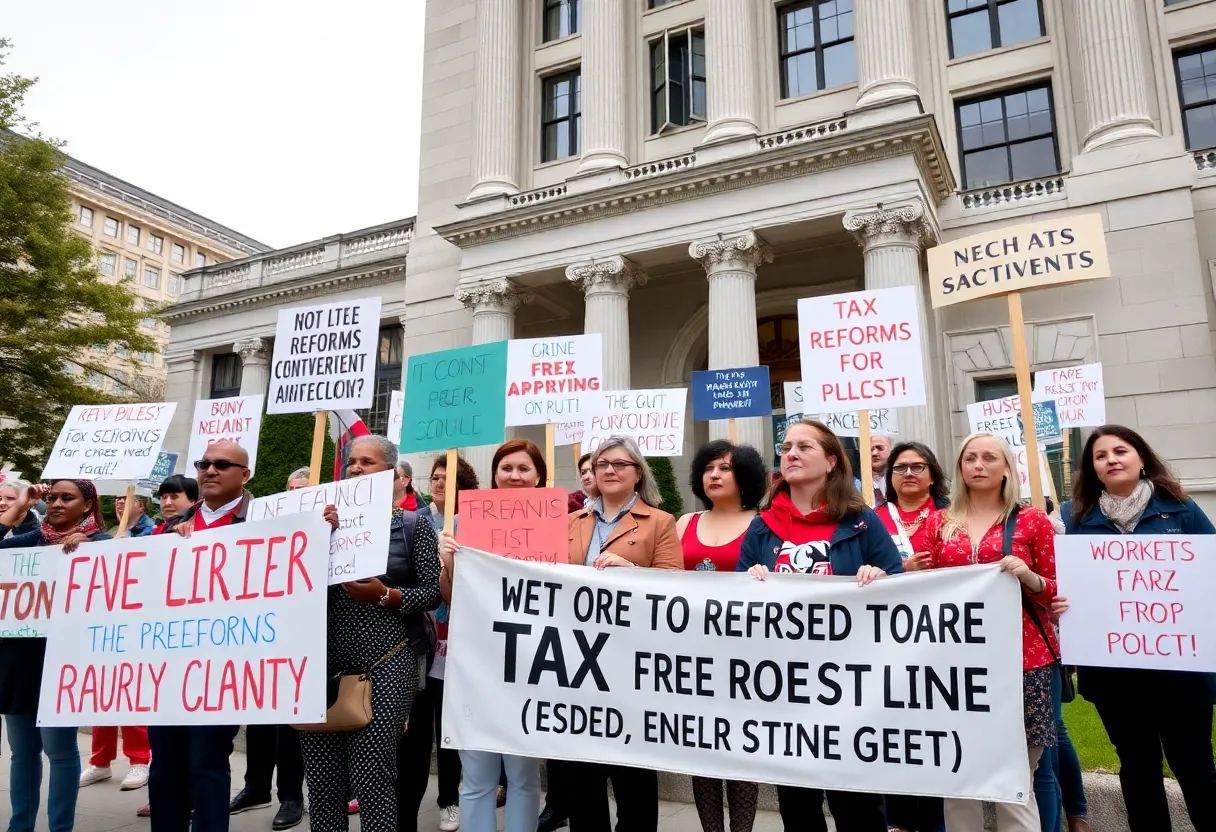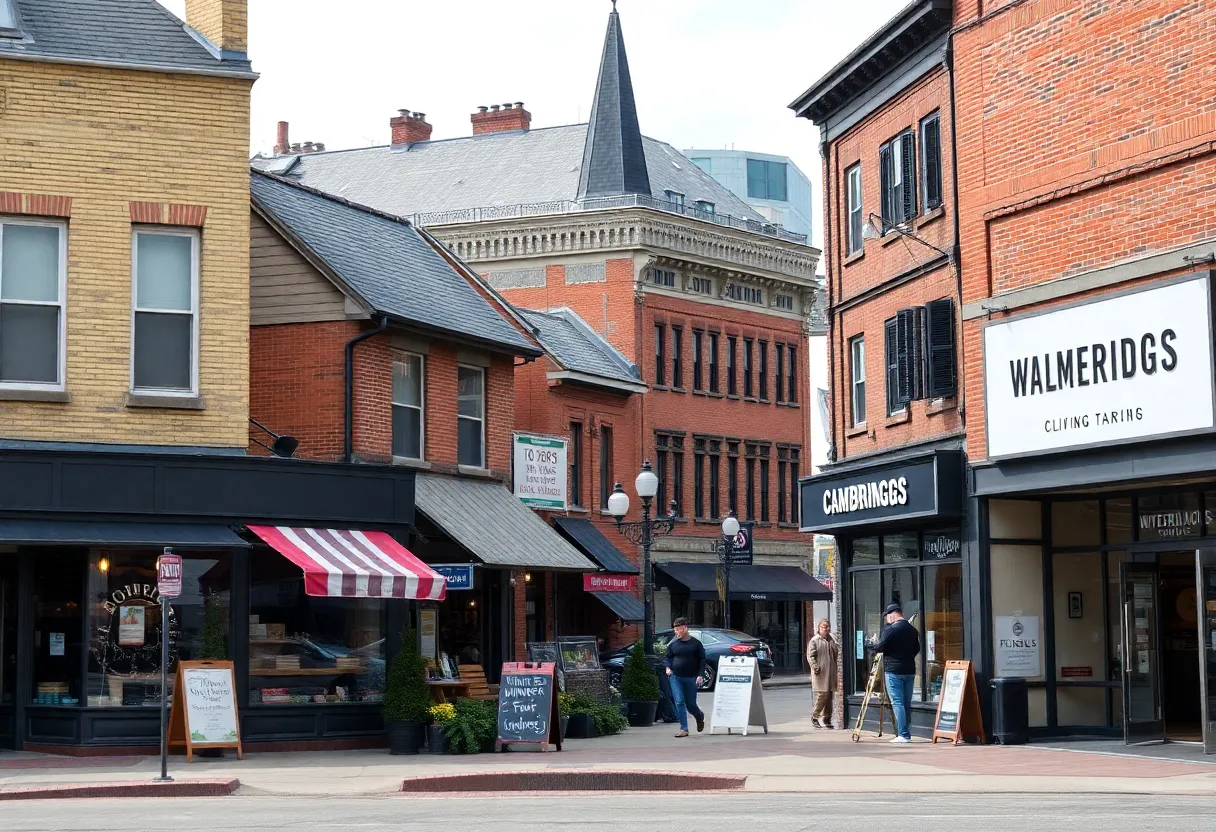News Summary
Boston’s cycling community is alarmed after the sudden removal of protective barriers along key bike lanes, leaving cyclists vulnerable to motor vehicle traffic. Mayor Michelle Wu clarified that this move, attributed to maintenance and community feedback, does not indicate an elimination of bike lanes. However, with a rise in cyclist crashes reported last year, advocates emphasize the need for safety measures amidst growing concerns from cyclists and local businesses about the implications of these changes.
Boston’s Cyclists Face Alarming Changes as Barriers Disappear
In Boston, a wave of concern is sweeping through the city’s cycling community as the protective barriers along several key bike lanes have been removed without any prior notice. Cyclists are finding themselves more vulnerable as the barriers, which provided essential separation from motor vehicle traffic, vanished seemingly overnight. Affected locations include Arlington Street, Mass. Ave. in the Newmarket Area, and Summer Street in the Seaport.
What’s Going On?
The removal of these flexible-post bollards was somewhat of a surprise for many, as there was no communication from the city regarding the changes. Mayor Michelle Wu has since stepped in to address the situation, clarifying that this move is not about eliminating bike lanes altogether, nor does it mean that bike lanes are deemed unnecessary. The timing of the removals, however, has left a bitter taste among cyclists, especially since they coincided with community discussions about bike lane existence.
Reasons Behind the Removals
As it turns out, the flexible-post barriers on Arlington Street were taken down for what city officials are calling “routine maintenance.” These barriers had seen better days, suffering from wear and damage due to harsh winter storms. Regrettably, no specific timeline has been shared about when these critical protective barriers will be put back in place, leaving cyclists anxious about their safety.
On the other hand, the barriers on Mass. Ave. were removed after receiving *community feedback*, raising eyebrows among those who felt it undermined the safety measures that were in place. With 366 reported cyclist crashes available from the city’s Vision Zero database last year, the question of safety looms large. Cyclists worry that the removal of barriers may lead to an even greater risk of accidents.
Concerns from the Cycling Community
Local cyclists, like Robert Stinson, are speaking out. They feel less secure navigating the streets without the barriers, reporting that motor vehicles appear to be encroaching more into bike lanes since the removals. It’s a sentiment echoed across the community, leading to speculation that these changes are politically charged, particularly after a mayoral candidate called to pause new bike lane projects.
Backlash and Advocacy
Several cycling advocacy groups have raised their eyebrows over the city’s decision-making process, arguing that it took years of hard work to establish this crucial bike infrastructure. Now, it seems those efforts are being dismissed without proper consideration. Many members of the cycling community continue to voice their stress and disappointment as they grapple with the realities of biking in Boston.
Economic Perspectives
Moreover, the discussion around bike lanes is a contentious topic among some local business owners, particularly those in emerging areas. For instance, Diljit Singh, who operates Big Daddy’s Pizza, has expressed concerns that the removal of bike lanes and parking options has started to eat into his revenue. The balance of accommodating cyclists while considering the needs of local businesses and drivers is a complex issue swirling through city discussions.
Moving Forward
Mayor Wu is advocating for a balanced approach that aims to meet the needs of cyclists, pedestrians, drivers, and delivery trucks. Recognizing the limitations regarding street space in an urban environment like Boston, Wu has also initiated a 30-day review of recent street infrastructure changes to gauge community sentiments and the impact of these projects. Feedback has shown a mixed bag of opinions. Some residents are calling for enhanced bike lanes, while others stress that existing bike lanes contribute to congestion and parking dilemmas.
A Broader Context
The controversy surrounding bike lanes in Boston serves as a case in point for similar debates happening in other cities, including Toronto, where bike lane removals are being reconsidered due to public pressures. It’s a reminder that while cities aim for better infrastructure, the conversation about how to achieve safety and accessibility for all road users is ongoing and complex.
Deeper Dive: News & Info About This Topic
HERE Resources
Boston’s Bike Lane Debate Escalates Amid Business Challenges
Bike Lane Barriers Removal Sparks Safety Concerns in Boston
Additional Resources
- Boston Magazine
- MassLive
- Boston Globe
- Momentum Magazine
- CBS News Boston
- Wikipedia: Bicycle Infrastructure
- Google Search: Boston bike lane removal
- Google Scholar: Bike Lane Safety
- Encyclopedia Britannica: Bicycle
- Google News: Boston bike lane news








